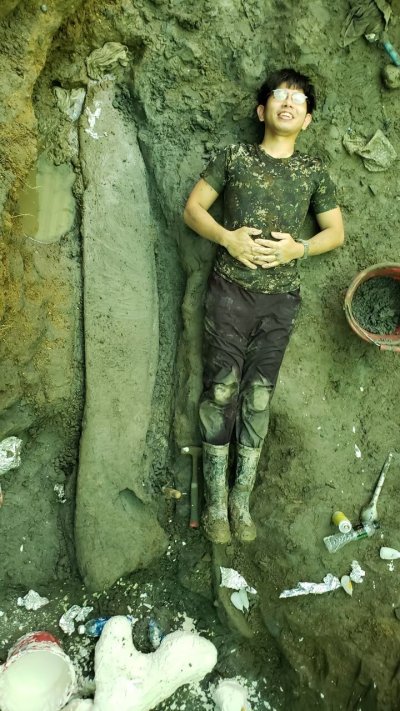WikiLeaks editor-in-chief warns Assange may be extradited "within weeks"
Julian Assange could be extradited to the United States within weeks, WikiLeaks Editor-in-Chief Kristinn Hrafnsson has warned. He told journalist Glenn Greenwald that Assange was “running out of time” and that legal avenues in London to challenge his unlawful extradition were being exhausted, “he will never get a fair trial there”.
Hrafnsson’s urgent warnings came during an interview in Brazil, published Monday on Rumble. He told Greenwald, “Julian’s case is coming to the end of all possibilities of getting a fair solution through the court proceedings. He is fighting extradition in London. Within weeks he could be extradited.”
Assange has been charged under the Espionage Act (1917) for WikiLeaks’ publications exposing war crimes by US imperialism in Iraq and Afghanistan, and anti-democratic conspiracies of the US government and its intelligence agencies throughout the world. If found guilty, the 51-year-old journalist and father of three faces 175 years in a US federal prison. He has already spent more than a decade in detention in the UK, including three years without charge in Belmarsh maximum security prison.
Hrafnsson was appointed WikiLeaks editor in 2018 after Assange’s communication with the outside world was cut under pressure from the US government, a prelude to his seizure from the Ecuadorian Embassy in April 2019. An award-winning journalist in his own right, Hrafnsson worked with Assange to verify WikiLeaks’ most famous release, the Collateral Murder video, travelling to Iraq in early 2010 to interview relatives of civilians killed by targeted airstrikes launched from US AH-64 Apache helicopters.
Speaking last week in Brazil, Hrafnsson said legal channels for Assange to appeal his extradition are fast closing. In June, then UK Home Secretary Priti Patel approved Assange’s extradition after the High Court overturned an earlier court decision barring it on medical grounds. The High Court accepted worthless assurances by the US government that Assange would not face oppressive treatment, ignoring overwhelming evidence that the CIA plotted to kidnap and kill Assange.
Britain’s courts have mounted a legal vendetta against Assange, approving the extradition request in violation of his fundamental legal and democratic rights as a publisher and journalist.The High Court and Supreme Court have handed down rulings aimed at speeding his dispatch to his would-be assassins. In March, the High Court refused Assange’s application to appeal its earlier ruling to the Supreme Court. His lawyers have since appealed the Home Secretary’s extradition order.
Hrafnsson said, “We are now in a waiting period for the appeal court in London, the High Court, to give us the answer of whether they will hear an appeal by Julian to push back against the extradition. If they decide not to hear the appeal—which would be scandalous in itself—then there is the Supreme Court, which could decide quickly not to hear the case, you know, ‘not of importance to the public’… Under the worst-case scenario, he could be on a plane to the US within weeks.
“In my perception, and I’ve been sitting in on all the proceedings in London, all the extradition proceedings in London have exposed only one thing, and that’s the fact that this is just not going to be won in a court. There’s no justice to be had in court rooms in London. That’s obvious and I don’t have to mention the United States, that’s one of the essences of the defence in fighting the extradition, that he will never be able to get a fair trial there. So, we’re running out of time. We need to push this on a different level and so I decided that we needed to go on a tour to shore up political support, because the only way to fight a political persecution is through political means.”
Hrafnsson and WikiLeaks Ambassador Joseph Farrell are currently touring Latin America, starting with a one-hour private meeting in Colombia with President Gustavo Petro and Foreign Minister Alvaro Duran at the Presidential Palace in Bogotá on November 21.
In Brazil, they held a private meeting with President Lula da Silva on November 29, followed by an address to Brazil’s parliament. In Rio De Janeiro they held a public meeting at the Brazilian Press Association, followed by a reception at the home of famous musician-composer Caetano Veloso. They have since met privately with Argentinian Vice President Cristina Kirchner and with President Alberto Fernández at the Casa Rosada. They are visiting Chile and Mexico next.
Hrafnsson told Greenwald, “Our aim is to get political leaders to apply pressure, if you want to call it that, or just request of the Biden administration to reconsider, to stand behind their own ideals, the ideals that they preach around the world of press freedom and not put this pressure on the First Amendment and their treaty commitments and basically drop the charge against Julian. That’s the only way out.”
There is enormous support for Assange and WikiLeaks in Latin America. The workers and oppressed masses of the region have suffered brutal US-backed military dictatorships that claimed tens of thousands of lives in Chile, Argentina, Brazil, Bolivia, Nicaragua, El Salvador, Panama and Guatemala. But the statements of support by Latin America’s bourgeois politicians are politically worthless. Lula, Kirchner and company have demonstrated their loyalty to imperialism, enforcing International Monetary Fund austerity and state repression against the working class.
Appeals to Biden, who has designated Assange a “hi-tech terrorist”, are more bankrupt still. Even after former US president Donald Trump called for the “termination” of the Constitution last week, Biden remained silent. Not even Trump’s fascist coup attempt in January 2021 could rouse him to defend the Constitution, let alone its First Amendment guarantees to free speech, press and assembly. Last week Biden oversaw watershed legislation enforcing a White House-brokered employment contract and banning tens of thousands of US railroad workers from striking.
The persecution of Assange is the spearhead of a massive assault on democratic rights, aimed at destroying freedom of speech, illegalizing investigative journalism, intimidating and terrorizing critics, preventing the exposure of government crimes and suppressing mass popular opposition to social inequality and war. The British government’s plans to ban strikes, including its threats to mobilise the military, show that Assange’s fate is inextricably linked to that of the working class.
NATO’s escalating war against Russia is being accompanied by authoritarian measures. The British government’s “emergency powers” are being combined with denunciations of strikers as “Putin’s stooges” – repeating word for word the Pentagon’s narrative against Assange and WikiLeaks.
Assange’s fate must not be left in the hands of political forces such as Lula, Biden and other enemies of the working class. A powerful mass constituency for Assange’s defence—and the struggle to win his freedom—is growing among millions of workers and young people who are entering the global fight against capitalist austerity, state repression and war.























